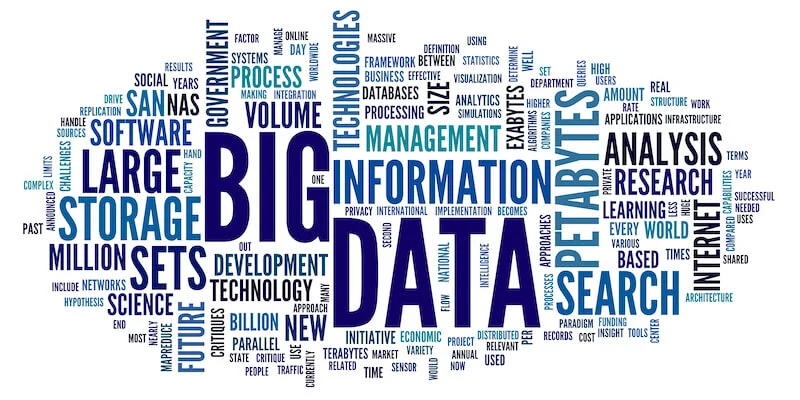So then, what is CAI?
The ODNI report, itself says this about CAI:
As the acronym indicates, and as we use it in this report, “CAI” is information that is available commercially, through a commercial transaction with another party. The acquisition may occur on a one-time or subscription basis, and may involve the IC directly ingesting the CAI or obtaining a license agreement that affords a continuing right of access. CAI typically is acquired for a fee, but as we use the term it also includes information offered at no cost if it is the type of information that is normally offered for sale – e.g., a free trial offering of CAI.
As we use the term in this report, CAI does not include information that is stolen or otherwise misappropriated and then acquired from a black market or otherwise via traditional HUMINT acquisition methods (e.g., espionage). Nor does it include information obtained through traditional SIGINT acquisition methods (e.g., wiretapping) that does not involve a commercial transaction at all. As such, it does not necessarily include all information acquired from commercial entities, such as information acquired via lawful process (e.g., a search warrant or subpoena) served on a communications service provider or financial institution.
Cutting through all the Governmental jargon, "CAI" is information:
- obtained through legal means
- typically acquired for a fee from another party
- available commercially
- not obtained via "traditional" human intelligence (HUMINT) collection methods (such as espionage or interrogation)
- not obtained via "traditional" signals intelligence (SIGINT) collection methods (such as wiretapping)
Generally, the idea is that if anyone can acquire the information legally, it counts as Commercially Available Information.
Next up will be my thoughts on the Government using CAI...


